TERRA ITALIA Newsletter No 4 | 2020
Dear Readers and Fans of Liguria,
I very much hope you are in good health and will get safely through the dark winter months and unsettling Covid-19 times. Just like me, I am sure you are looking forward to the day we will be able to travel again. It seems there is light at the end of the tunnel and I am already looking forward to welcoming you back to Liguria.
This newsletter focuses on Bordighera and surrounds. All through the19th century Bordighera, was heavily influenced by English visitors who came here to swap grey English winters for the warming Ligurian sunshine. Bordighera is a city with so much to offer and we would like to tell you about its colourful history.
Bordighera has a number of well-known museums and we will introduce you to a number of interesting personalities who used to walk the streets of Bordighera. And of course I will let you in on my very own culinary secret.
On our web site you will find some latest properties and I invite you to do some browsing so you can find your dream property here in Liguria.
I wish you a very happy Christmas and a prosperous and healthy 2021.
Kind regards,
Peggy Peters

May we take you to the coastal town of “Bordighera” known for it’s cultural heritage, scented gardens, magical light and tree lined seaside promenade. Over the centuries a great number of famous artists and poets came to live here, attracted by the city’s sheer beauty. Claude Monet, Auguste Renoir and Charles Dickens were just some of the many artists who fell for Bordighera’s attractions.
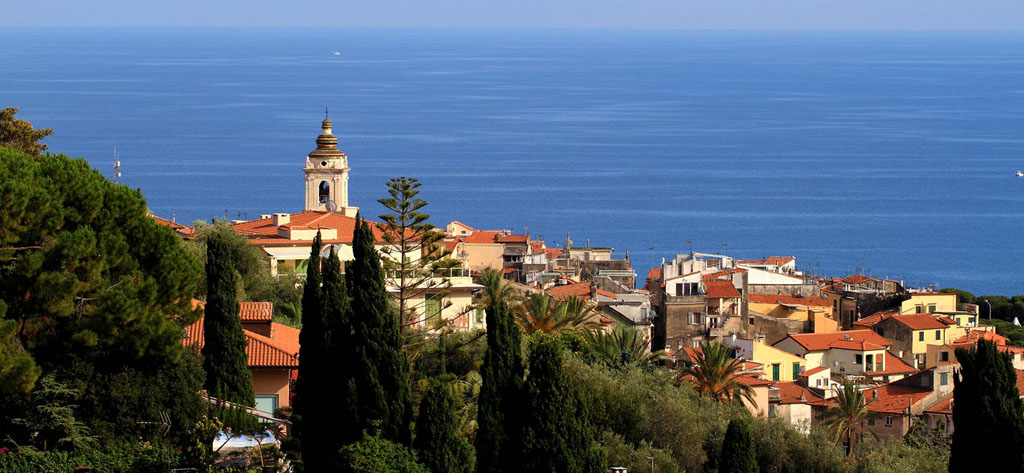
Bordighera belongs to the Province Imperia and is situated in Liguria right on the Italian Riviera, known for its pleasantly mild climate. Sandwiched between Sanremo and the border town Imperia, Bordighera is split into two parts: The historic old town on the hilltop “Capo San Ampelio” in the east and the new town originating in the 19th and 20th century and stretching along the coast towards the mouth of the Nervia River.
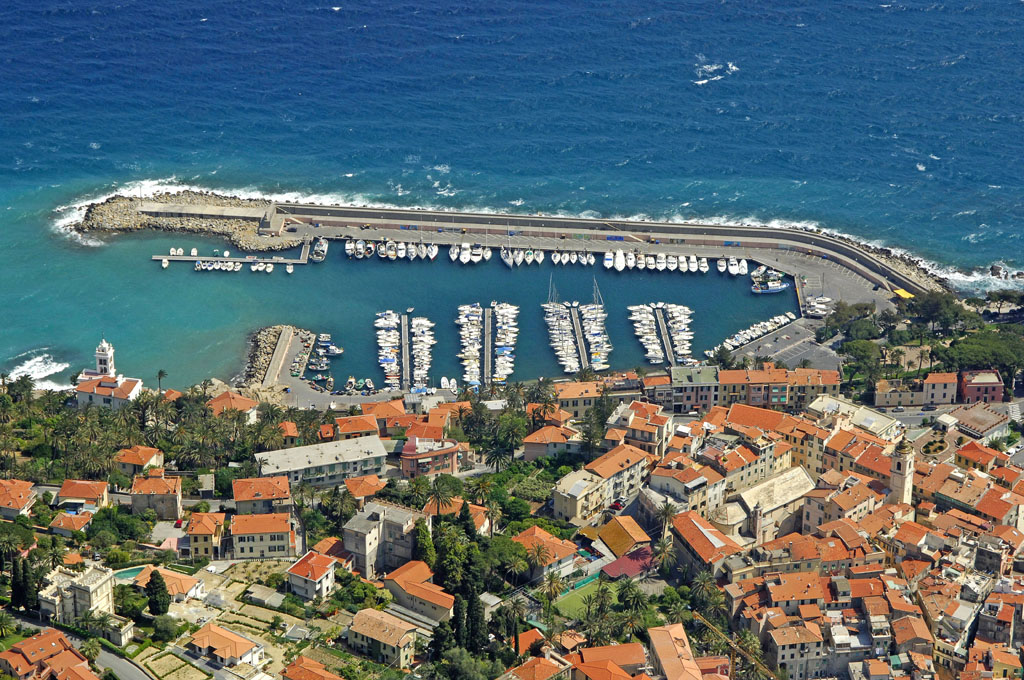
15th century architecture and the remains of the former city wall with its three gates, “Porta della Maddalena”, “Porta Sontana and Porta del Capo”, characterize the historic old town. The meandering narrow mews give Bordighera’s old town its unique ambience and let us catch a glimpse into its ancient history. The charming 17th century church “Santa Maria Maddalena seems to watch over the “Piazza del Popolo” and the detached bell tower is the symbol of Bordighera Alta. To the east stands a small chapel in memory of “Holy Ampelio”. Legend has it that in the year 411 AD an Egyptian emigrant called “Ampelio” landed on the coast of Bordighera bringing date palms as a present. He then planted these date palms and it is thanks to him that Bordighera went on to become the “Queen of Palm Trees” and to this day remains the purveyor of the Vatican’s palm fronds displayed on Palm Sunday.
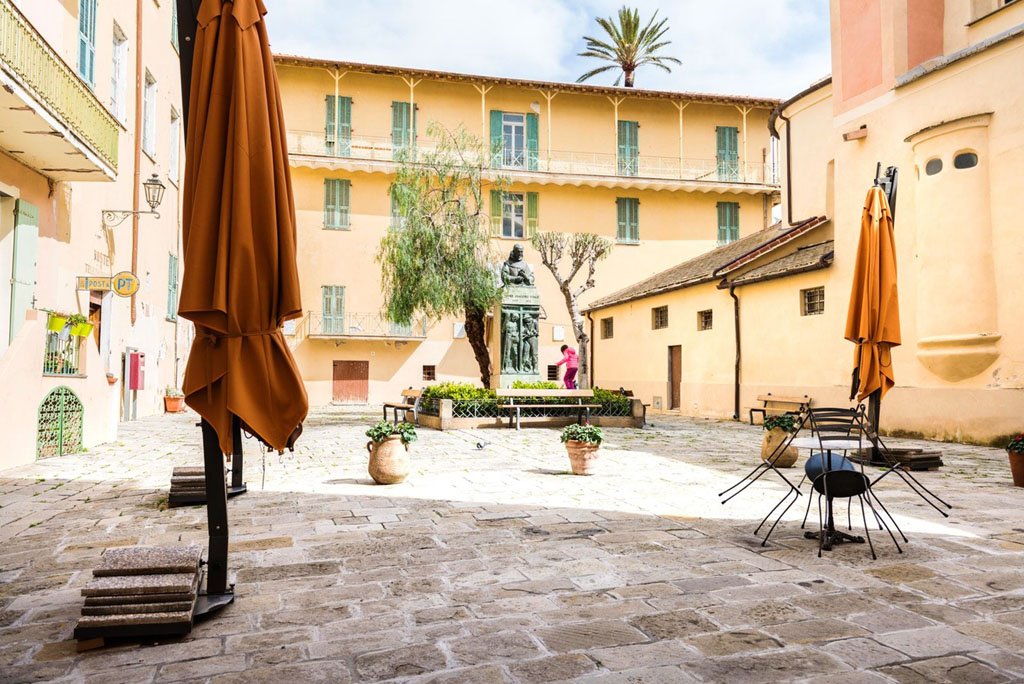
The first traces of human settlements in the surrounds of Bordighera go back to the 5th century BC in the form of pre Roman dry walls built by Ligurian tribesmen. They created strategically well-positioned villages and lived of life stock and farming.
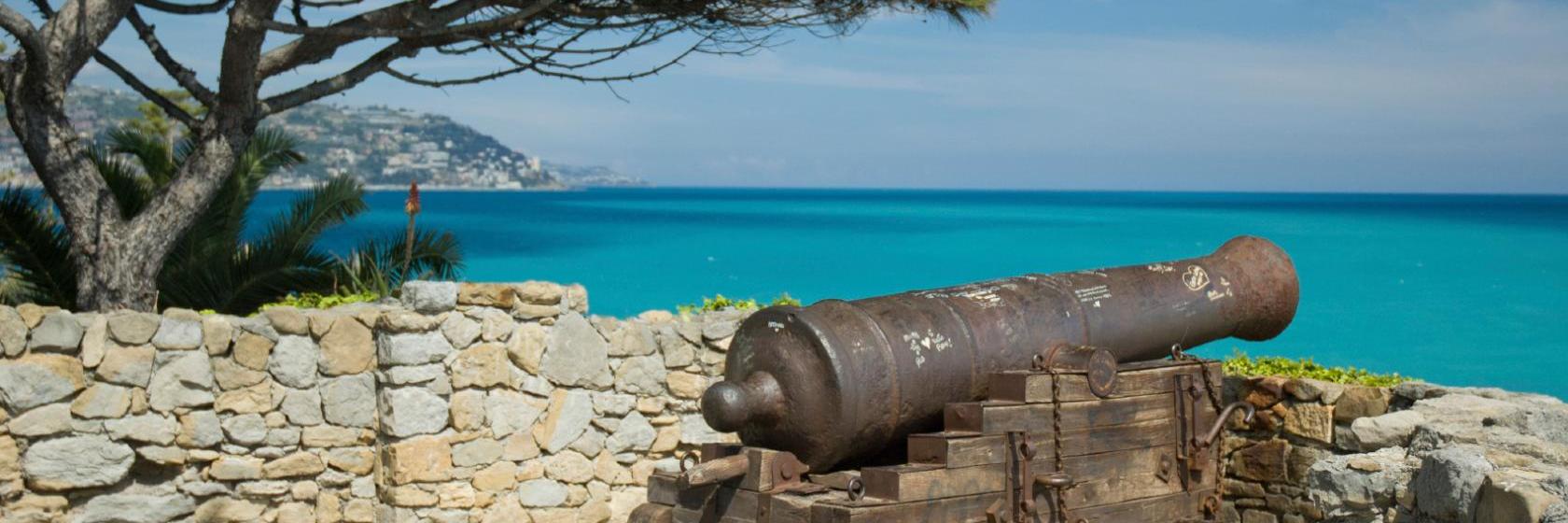
Excavations of antique remains, testimonies and ancient documents of previous settlements reveal the history of the city, the many conquests carried out by pirates, the Turks, the Genovesas and the church’s influence of the centuries. Archeological evidence also follows traces left behind by epidemics such as the Black Death and devastating fires.
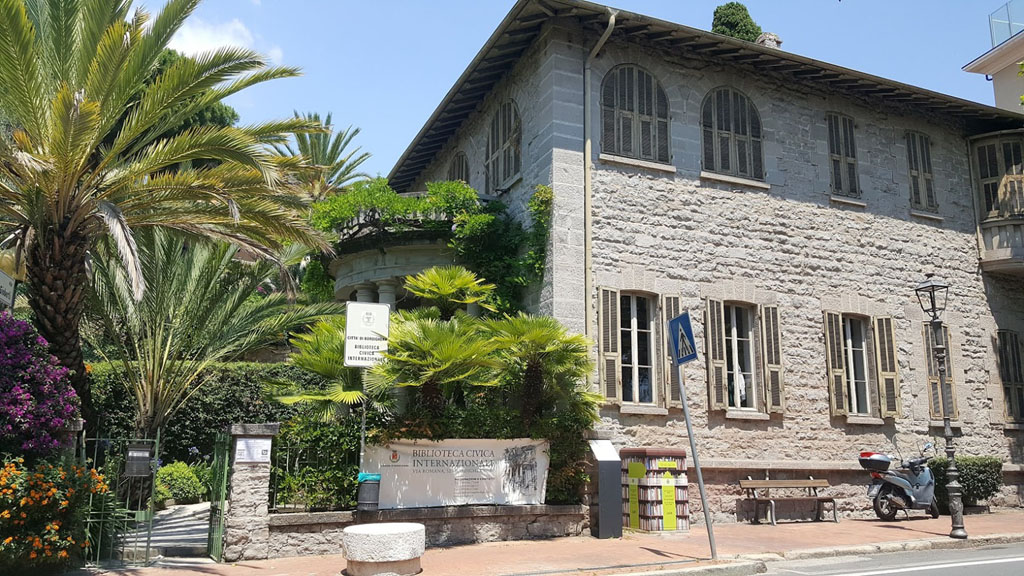
The Via Romana, formerly known as “Via Julia Augusta” goes back to Roman times. It still runs through the Bordighera area and is open to visitors.
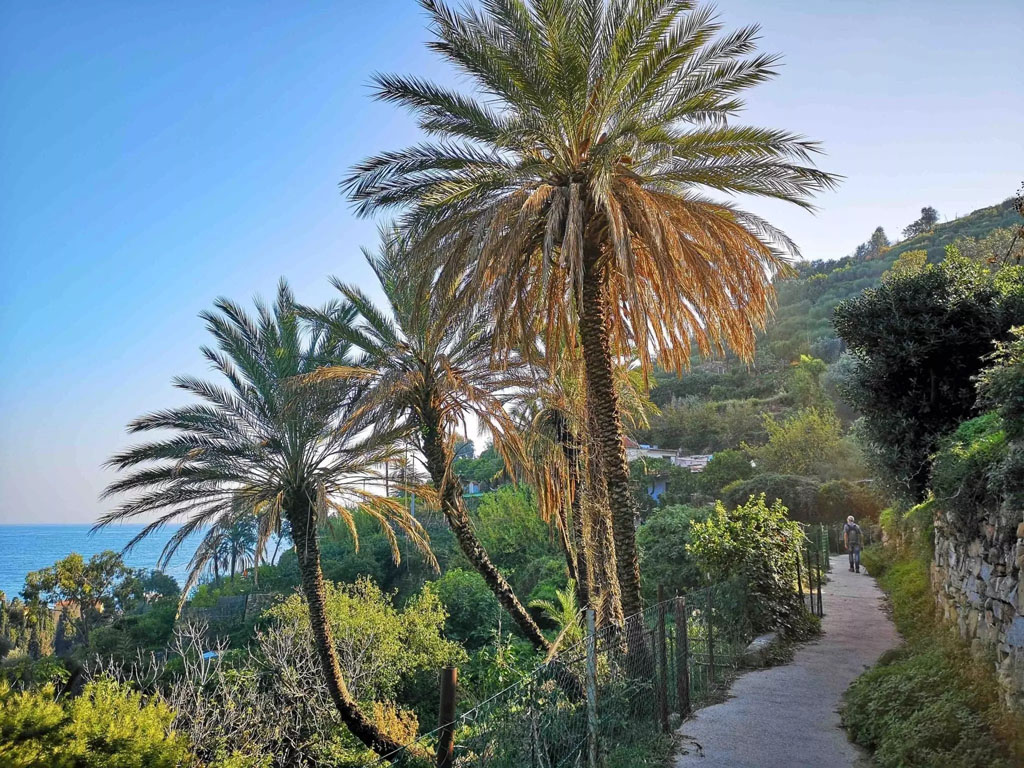
The city of Bordighera was first mentioned as the settlement “Villa Burdigheta” in the 14th century. It was later destroyed and in the 15th century a congregation of 30 influential families decided to recreate the district “Borghetto San Nicolo” which still exists to this day. The first inhabitants were farmers and fishermen. Together with another seven villages in the surroundings, Bordighera founded the “magnificent community of the eight locations” in the 17th century. It remained an independent federal community until the beginning of the Napoleonic era and in the 18th century was put under the jurisdiction of Sanremo.
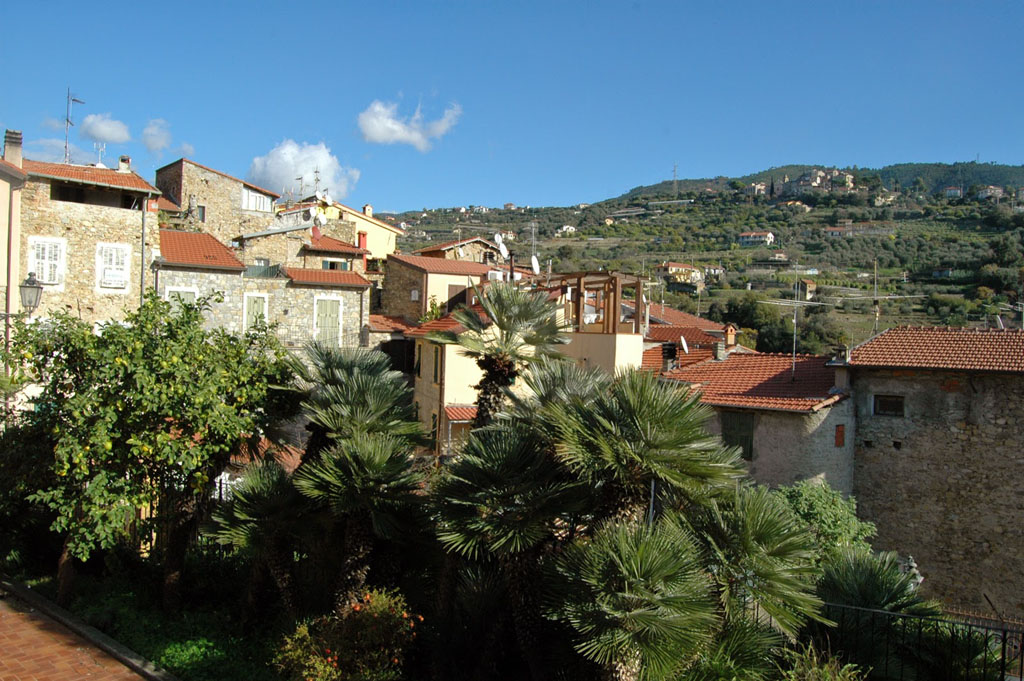
Under Napoleon’s reign the road known as “La Grande Cornice” was built to connect Paris with Genova thus greatly improving the communication all along the Riviera.
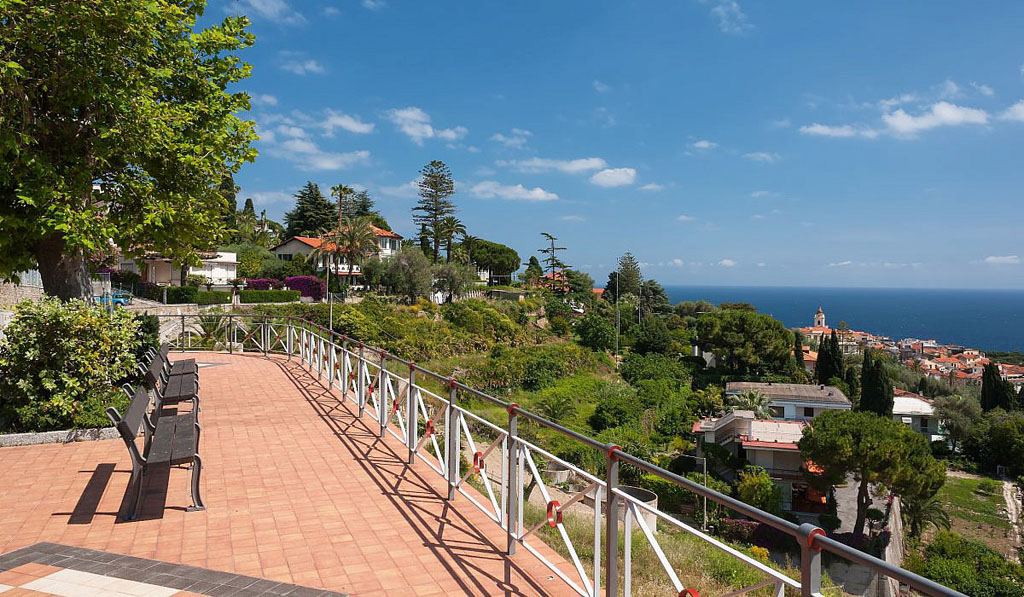
When Giovanni Ruffini’s novel “Il Dottore Antonio”, set in Sanremo and Bordighera was first published in 1855 in Edinburgh, the town became known all over England and encouraged a wave of travellers to descent on the Italian Riviera. Some of England’s wealthiest families came to visit and once the train line was opened in 1872, French artists and the Russian, German and Austrian aristocracy “colonized ” Bordighera and started building grand villas and hotels. At times, visitors English outnumbered the locals and Bordighera flourished under the blossoming winter tourism. It was only much later that the city was discovered as a summer destination.
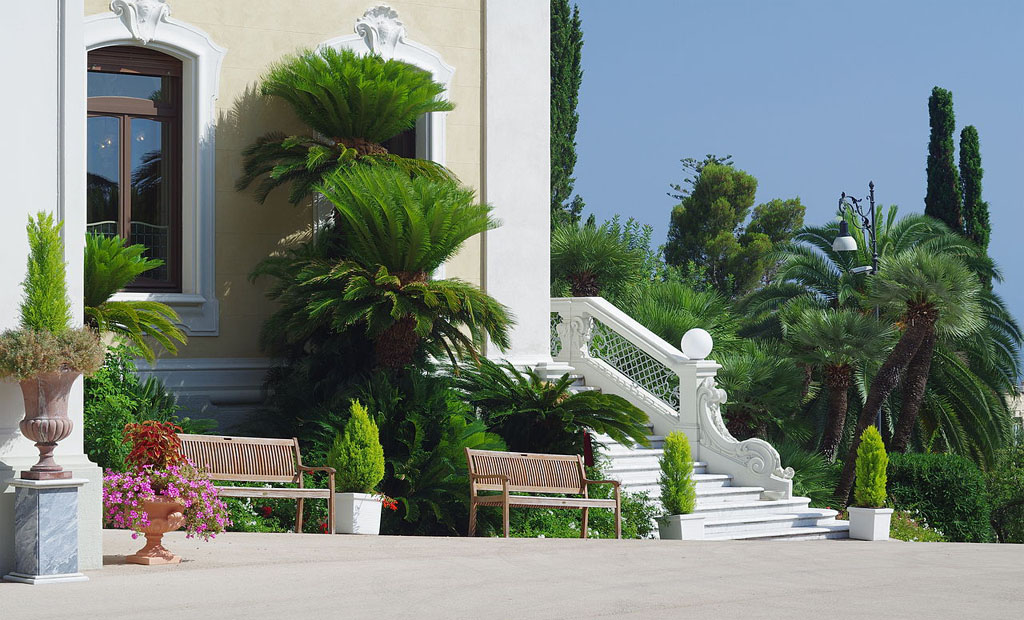
The presence of the many English visitors visibly impacted on both the culture and new town of Bordighera and it wasn’t long before British banks, agencies, shops, sporting clubs, a church of England, a theatre (“Victoria Hall”) opened and an English weekly newspaper was published.
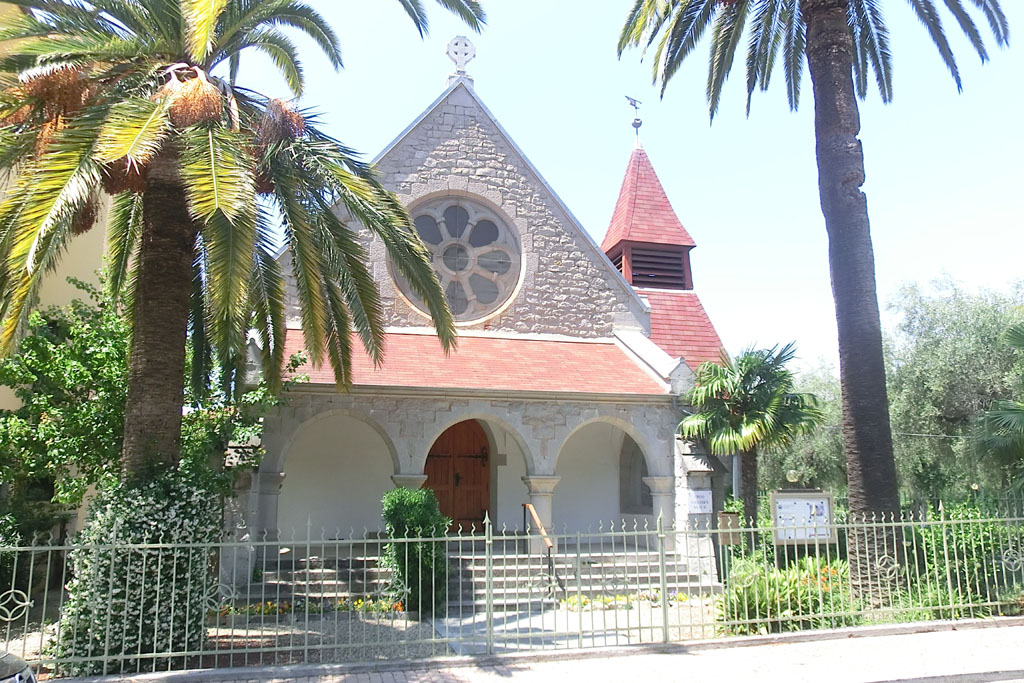
Bordighera rapidly developed into an elegant town. The institutions, hotels and art deco villas with beautiful gardens built more than a century ago, still shine in their original splendor whilst the long seaside promenade invites for a stroll past the port and along the sea.
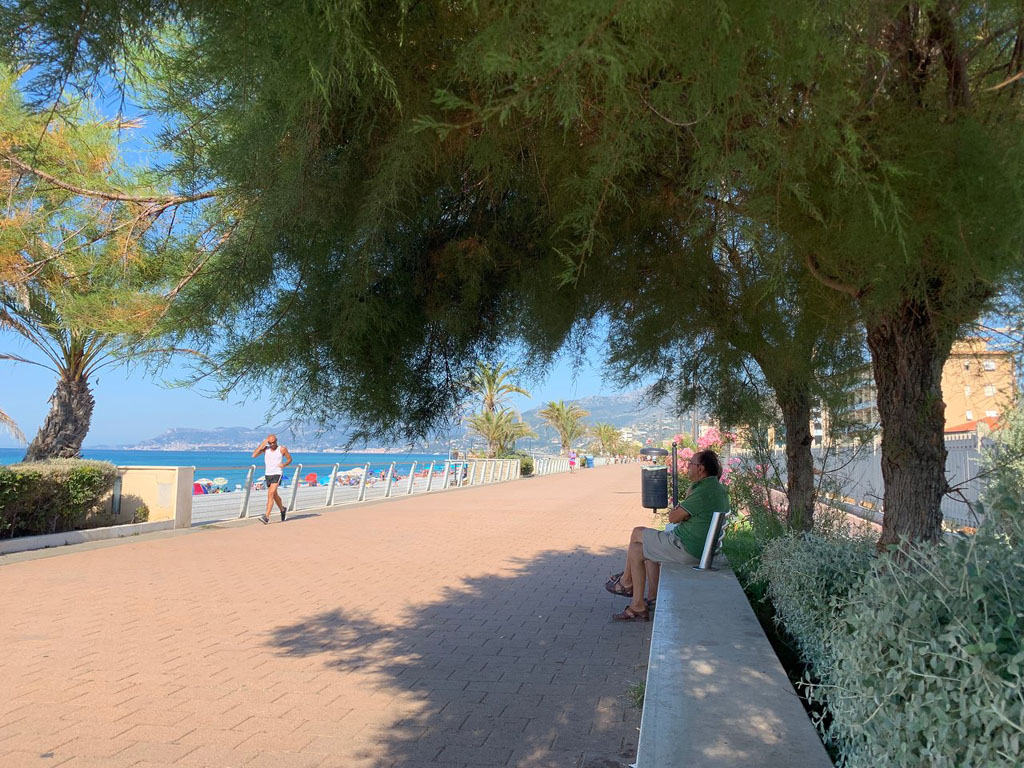
Today, Bordighera is an attractive and lively town popular with tourists and locals alike. It is the attractive seaside setting, the equally beautiful old and new town and the heritage of personalities left behind by Monet, Bicknell and Garnier, which give Bordighera its unique charm. The botanical diversity, the unique light and the scent of blossoming oleander, citrus and eucalyptus all add to Bordighera’s irresistible flair.
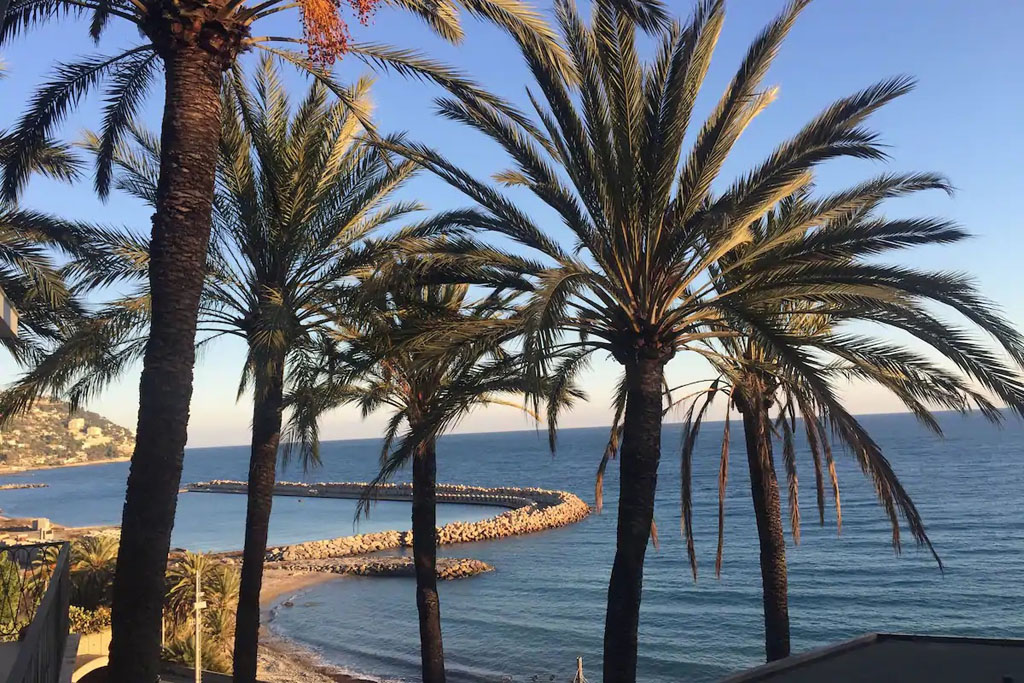
In our portfolio you will find the latest properties available. Why not have a browse.
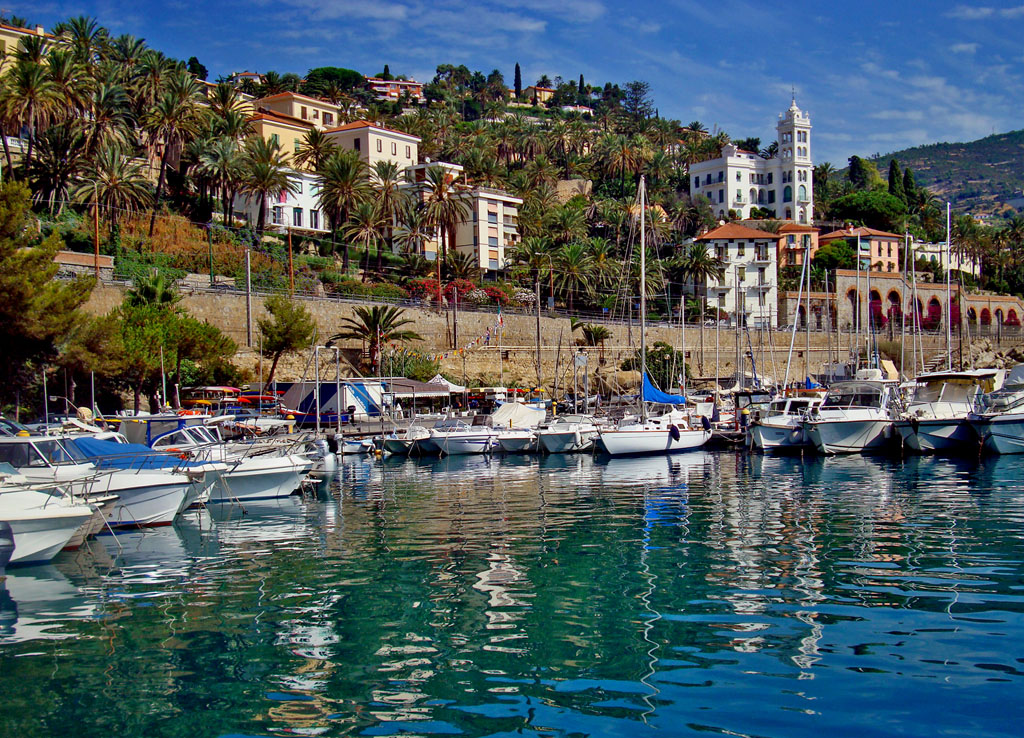
“GOOD TO KNOW”
Charles Garnier and his soft Spot for the Riviera
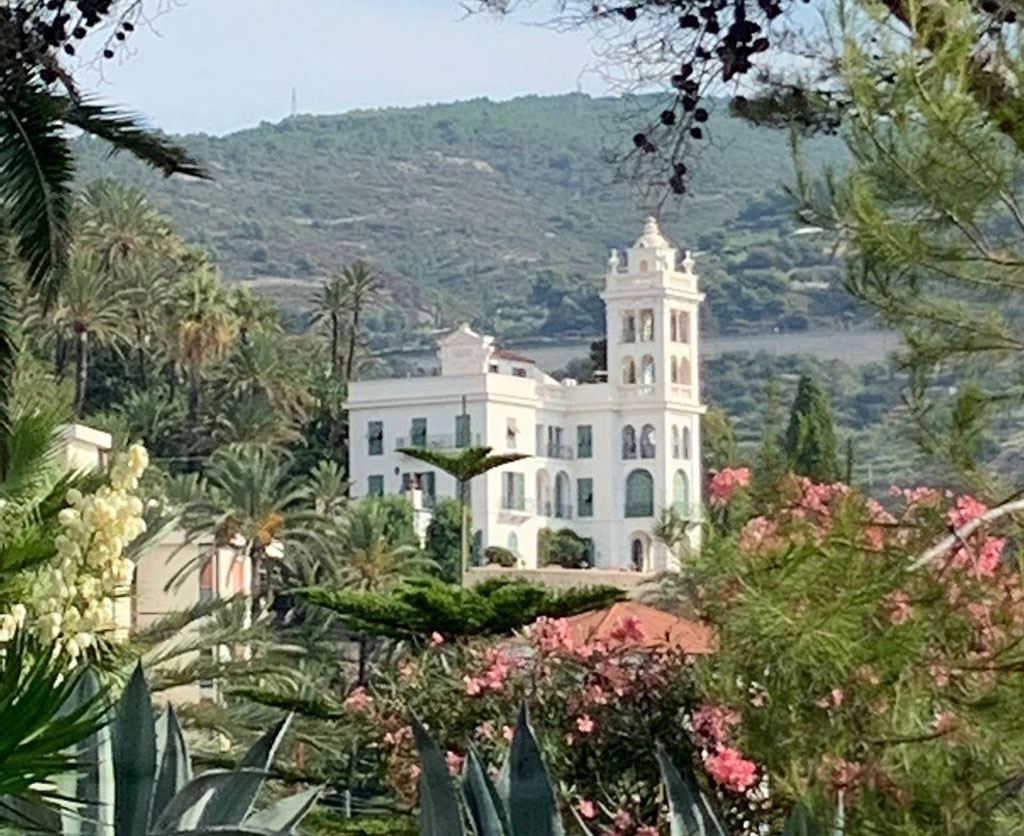
One of the most influential personalities who gave his heart and heritage to the town of Bordighera is Charles Jean Luis Garnier (*6.11.1825 in Paris, + 03. 08. 1898 in Paris) the French architect and architectural writer. The Parisian Opera “Palais Garnier” named after him is one of his most well known creations as is the “Villa Garnier” in Bordighera.
Born into a family of craftsmen in Paris, he went on to the Ecole des Beaux Arts in 1842 and started working for the draughtsman Eugene Viollet-le-Duc, one of the most renown French architects of his time. In 1848 Garnier was awarded the “Prix de Rome” and his many travels to Greece and Turkey as well has his long term residence in Italy had a major impact on his work. He once famously declared: “The choice is simple, one can only be god or an architect.”
In 1860 and back in Paris, the relatively young and little known architect won the competition to create the new Parisian opera house, bringing him instant fame.
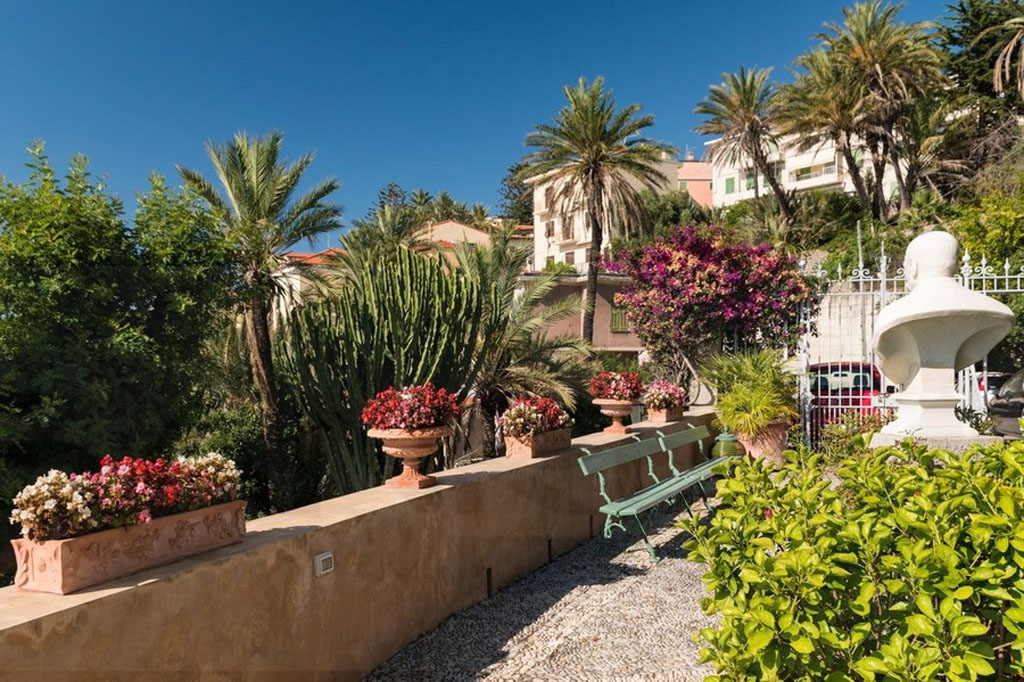
The idea to create the “Villa Garnier” in Bordighera came to Garnier shortly after the dramatic events of the German-French war when in March 1871 together with his family he was a guest at his Friend Viale in the town of Menton. He decided to buy a plot of land in Bordighera with the plan to build his holiday home on the Italian Riviera. He fell in love with a mystic place in the Arziglia region where the church San Sebastiano used to stand. By then, the church had been transformed into a boys school and was situated outside the town walls on a sloping piece of land, surrounded by palm trees and stretching all the way to the sea. Garnier offered the community an inflated sum of 6,000 lira for the land so they could build a more modern and larger school at a new location. The community readily accepted his generous offer.
Garnier constructed the villa as a house of hospitality. Arranged over three floor levels the house is testimony to the many illustrious guests Garnier and his family welcomed to this villa. The ground floor entrance adorned with frescos and drawings leads to an arcade and further on into a living room and spacious bright dining room where Garnier entertained his guests. A veranda connects the two rooms. On the upper floors are numerous light and comfortable rooms open to family members and guests. The light flooded master bedroom had access to the adjacent tower. The second floor was exclusively designed for guests and featured a terrace with stunning sea view and access to the tower. Garnier purchased more land on which he built a number of small houses and moved in with his family in January 1875. Olive trees and date palm trees surrounding the house added an oriental flair and the many fig trees, lemons, mispel and succulents enhanced the Mediterranean character of the gardens. Edmondo de Amicis referred to the house as ‘Palace of the Palm Trees.” The villa is open to visitors and located in Bordighera, 11 Garnier Street.
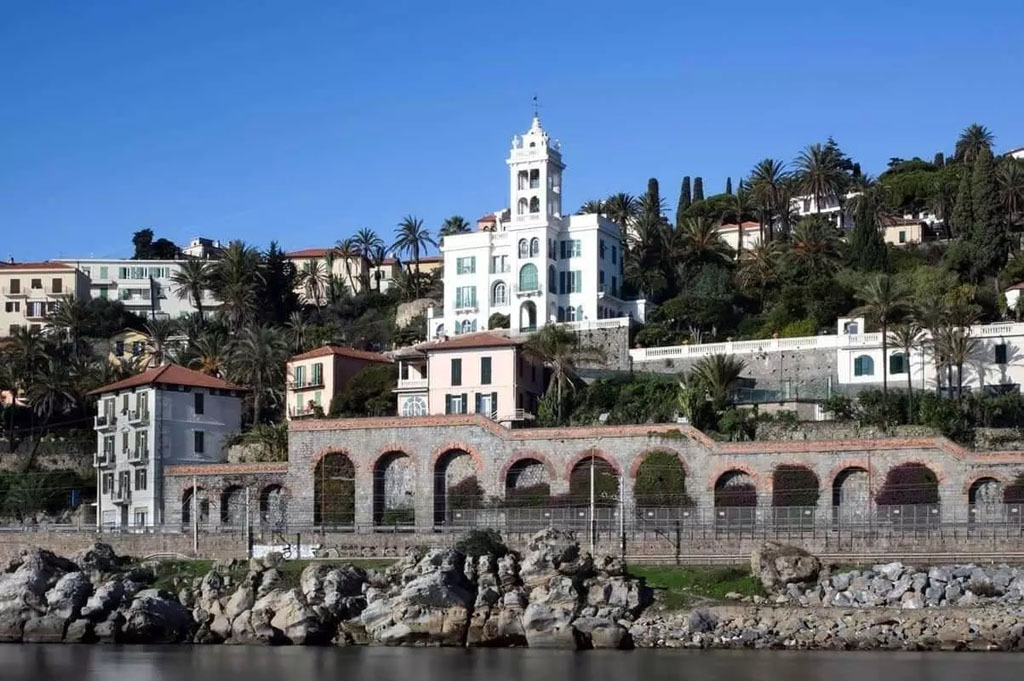
BOOK TIP
Charles Garnier and the Riviera
by Andrea Folli and Gisella Merello

The book is the first to comprehensively analyze the work undertaken by Charles Garnier throughout the 19th century using archive materials and iconographic sources unknown until now. From his base in Bordighera and following the completion of his Villa Garnier, the famous architect worked intensively on projects all over the Mediterranean coast, namely in Nice (in cooperation with Gustave Eiffel), Monte Carlo, Menton, Ospedaletti and Bordighera. The publication not only follows Garniers’ life but also looks at major events occurring during the time he spent on the Riviera and analyzes his relationship with the locals and foreign visitors, his passions such as trips to the USA and into the Ligurian hinterland, his love of nature and other personal endeavors.
More information on the book:
https://www.bordighera.it/cultura/pubblicazioni/charles_garnier_e_la_riviera
The book is also available translated into English and French
Further information on the subject in the “France 3” TV documentary under the following link:

TERRA ITALIA’s Restaurant Recommendation:
Ristorante Chez Louis in Bordighera
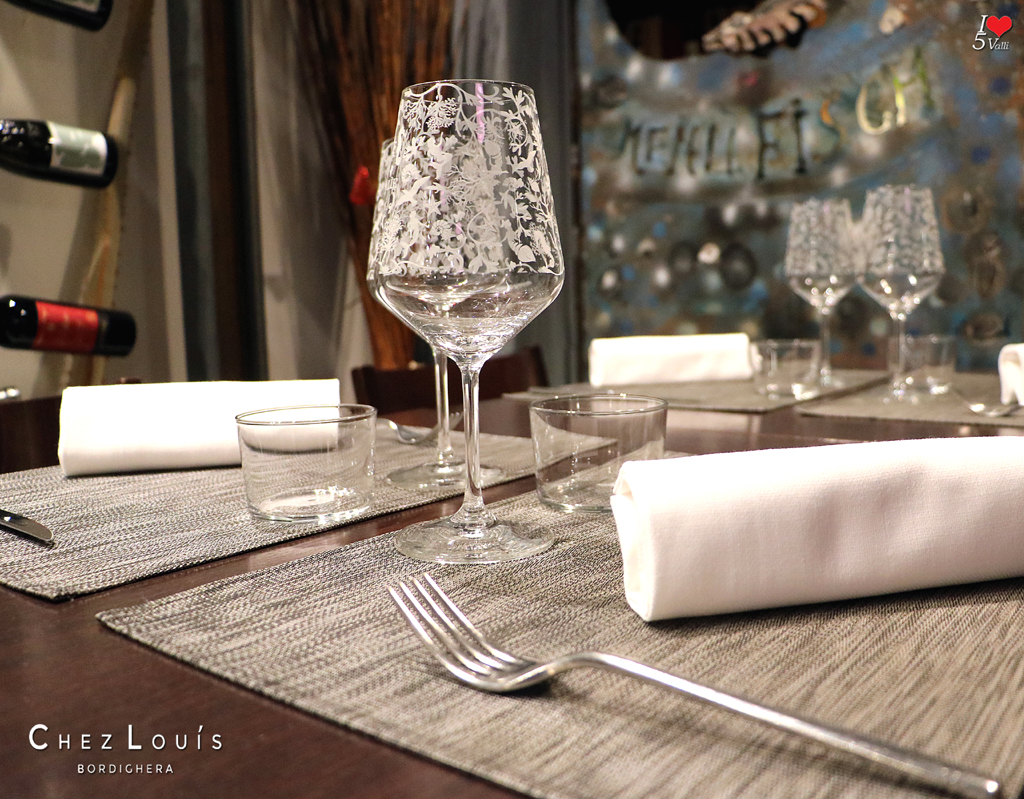
The “Chez Louis” is a contemporary, elegant and open space restaurant at a top location in Bordighera.


The works of selected artists adorn the walls and delicious food, excellent wines and a relaxed family friendly atmosphere are the key to the restaurant’s popularity.

The use of only the best of local produce results in a menu of creatively arranged dishes cooked only with the freshest of fish, meat and vegetables. Also available are excellent pizza and pasta dishes and truffle in all its variations. The wine cellar offers a wide selection of precious wines and the team of kitchen staff and waiters will always offer their recommendations for the perfect combination of food and wine.
“Chez Louis” remains open throughout the year on seven days of the week. We recommend reserving a table before visiting the restaurant.

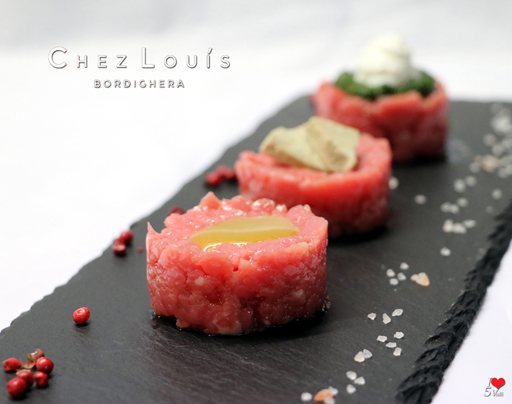
Chez Louis
Corso Italia, 30
18012 Bordighera (IM)
Tel.: +39 0184/261603
More info https://www.chezlouis.it

Capron is a traditional Ligurian Christmas dish. The tender white meat lends itself perfectly to the various aromas typically found in the Ligurian Hinterland. During times of financial hardship, it was replaced by the “poor” version of the dish, the Cappon Magro and consisted of leftovers such as dried biscuits, vegetables and fish.
The capon can be stuffed, cooked or roasted and results in a tender, moist and delicious dish. It is an unusual main course and can be served with steamed vegetables or mustard. Capon is commonly cooked alongside a cut of beef, which is later pureed and turned into ravioli filling. The broth in which the capon and beef are cooked in, has a rich and deep flavor and is perfectly suited for cooking and serving ravioli or natalini (Christmas macceroni) “in brodo”.

Ingredients
1 Capon
1 cut of braising beef
Salt
1 carrot
1 onion
1 celery stick
3 clove
Cooking instructions
Wash and pat dry the capon, tie together the capon legs and wings and add to a large pot with the cut of braising beef. Add salt, cover with water and bring to boiling point, taking off all rising foam just before boiling. Wash and cut the vegetables and add to the pot once the water is boiling. Simmer at low temperature until the meat falls off the bone of the capon. The capon is now ready to be served.
Thickening the broth with a roux will turn it into flavorsome gravy.

Pandolce Genovese is the Ligurian version of the classic “Panettone” – the traditional Christmas cake Italy is known for. Pandolce Genovese comes in two different shapes, a more flattened and a raised form but the ingredients are the same: Raisins, pine kernels, candid lemons and candid orange peel. On Christmas day the Pandolce is decorated with a laurel twig and tradition has it that the youngest at the table will cut the cake whilst the oldest hands it out to relatives and friends.
Ormeasco dolcetto

The Ligurian red wine “Ormaesco dolcetto” is known for its dark red colour and its fruity, floral aroma with woody undertone.
The vine dates back to the 18th century and originated in the Montferrato region from where it entered Liguria.
In its early years the Ormaesco Dolcetta gives off a scent of wine and has a dry taste with a hint of tannin. With increasing age the bouquet grows fuller, increasingly refined and the taste reminds of mature cherries, blackberries, violet, wood resin and chestnuts. The overall bouquet matures to being softer, fuller with a hint of tannin and a pleasantly profound aftertaste. The wine is at its best between two and three years of age.
Alcohol content: 11-13.5%
Best served with:
The younger wine 16-17°C goes well with Agnolotti with ragout, polenta with sausage and pork stew
The older wine 18-19° is best paired with stuffed pigeons, braised rabbit, rabbit in Porchetta, Stecchu (meat and mushroom skewers), pigeons with pancetta and soft cheeses
Storage: horizontal at a constant 10-14°C
Contact:
Regional Enoteca of Liguria, 2 Via Vittorio Veneto, 19033 Castelnuovo Magra (SP)
info@enotecaregionaleliguria.it
press@enotecaregionaleliguria.it
officeostampa@enotecaregionaleliguria.it

When visiting Bordighera, the Bicknell Museum, the first natural history museum of its kind in Liguria, is an absolute ‘must’. Clarence Bicknell (1842-1918) who was a glamorous personality of his time first founded the museum in 1888.
Clarence Bicknell was originally a protestant Vicar in Bordighera before he left his position and explored his passions as academic, archeologist, botanist and supporter of the Esperanto language. But most of all, he was a restless explorer.
The Clarence Bicknell museum is a building tucked away at 39 Via Romana in Bordighera. There are more than 50,000 volumes, maps and some 12,000 rock drawings, which Bicknell had discovered on the slopes of Mont Bégo in the Vallé des Merveilles (Valley of wonder) and later copied. The museum also houses valuable archeological treasures as well as naturalistic collections. Bicknell was also the founder of the Town Library in 1883 and the “International Institute of Ligurian Studies” is located in the same building. The library owns some 70,000 volumes; 22,000 of which were donated by the English Foundation. The museum and the library are regarded as one of the most important regional institutions dedicated to the protection and advancement of Liguria’s archeological, artistic, historic and naturalistic heritage.
Liguria also has a number of small and lesser known museums catering to specific areas of interest. Here is our selection of 10 small museums:
One of the museums we would like to introduce you to, is

Triora is a village of ‘dark charm’ in the Argentina Valley, also known as the ‘city of witches’. In this medieval village, the years 1587 to 1589 are referred to as the so called ‘years of the witches’. At the time, the “Podesta” Giulio Scribani was in charge of the republic of Genova. Scribani ordered a witch hunt as he needed a culprit who he could blame for the famine causing havoc in the region.
In 1588 some 14 young women and men from Triora were accused of witchcraft. It was alleged that they regularly met on Sabbats, rode on broomsticks and paid homage to the devil in the shape of a ram. The inquisition was sent for from Genova and the young people were tortured and forced to make statements. Some of the torture measures were so gruesome that religious leaders and other authorities had to intervene. Some of Triora’s inhabitants fell victim to one of the bloodiest witch hunts in Liguria.
The entire village remembers those ghastly stories and in 1988 Triora erected a sculpture of a friendly smiling witch holding a large ladle in her hand as a tribute to those innocent women.
The ethnographic museum in Triora displays the horrific tortures of the relentless inquiries on several floors.

In the time between December and February beautiful and lovingly decorated cribs are put on display in the many churches and places of worship all over Liguria. The cribs are authentic works of art from artists of the baroque period and represent skillfully carved wood figurines of the holy family, angels, wise men, shepherds and beggars, craftsmen and sheep herds.
One of the most impressive composition is that of the famously lit up hilltop of Manarola, a village in the Cinque Terre.

Every year on the 8th December the hilltop of Manarola is turned into a sea of luminescent crib figures, recreating the birth of Christ as told by Mario Andreoli. Each year, it is the involvement of many volunteers that makes this quintessentially Ligurian spectacle possible.
This year the celebrations will be streamed virtually due to the Covid-19 situation.

Thanks to the mild climate of the Ligurian coast it is possible to play outdoor tennis even during the winter months. The traditional Bordighera Tennis Club is the perfect place where to knock a few balls.
The Bordighera Lawn Tennis Club is one of the most prominent sport institutions in Bordighera and an attraction for the tennis loving tourists. Founded in 1887 by the English “Colony”, it was the first ever tennis club in Italy. In 1914 the club had already nine courts and after the first world war the club counted 3,000 members. The “Anonima Cooperativa Sport e Colonie Inglese (sic)” quickly expanded the club by another six courts so the club could host international competitions of the highest level.
In 1925 the “Bain Cup Tournament” went international and a little later the professional international competition “Long Cup” took place in Bordighera. In 1933 Fererico Bellour was the first ever Italian to bring the trophy home. At the time the “Circolo di Bordighera” were fierce competitors and a series of international tournaments of the highest standard were held on the 16 courts in the “City of Palm Trees” up until 1939.

From 1939 onwards the English tennis players left the Bordighera Lawn Tennis Club when Nazi troupes closed in. The tennis courts were nearly completely destroyed by bombings and it is thanks to the relentless support of passionate members and generous donation from members of the English church congregation that the club could finally be rebuilt.
Today the club has six tennis courts and a modern club house with changing rooms, office, fitness studio, large reception rooms with bar and meeting facilities, TV lounge and a partly roof covered terrace overlooking the courts.
Since the late 60-ies the club actively supports young talents so they can eventually take on the legacy of the “Circolo di Bordighera”.
Bordighera Lawn Tennis Club 1878
Associazione Sportiva Dilettantistica
Tel. 0184-842394
Mobil: +39 33 33 479973 / +39 328 76 28685
Via Antonio Stoppani, 15
18012 Bordighera (IM)
Email: info@tennisbordighera.it






